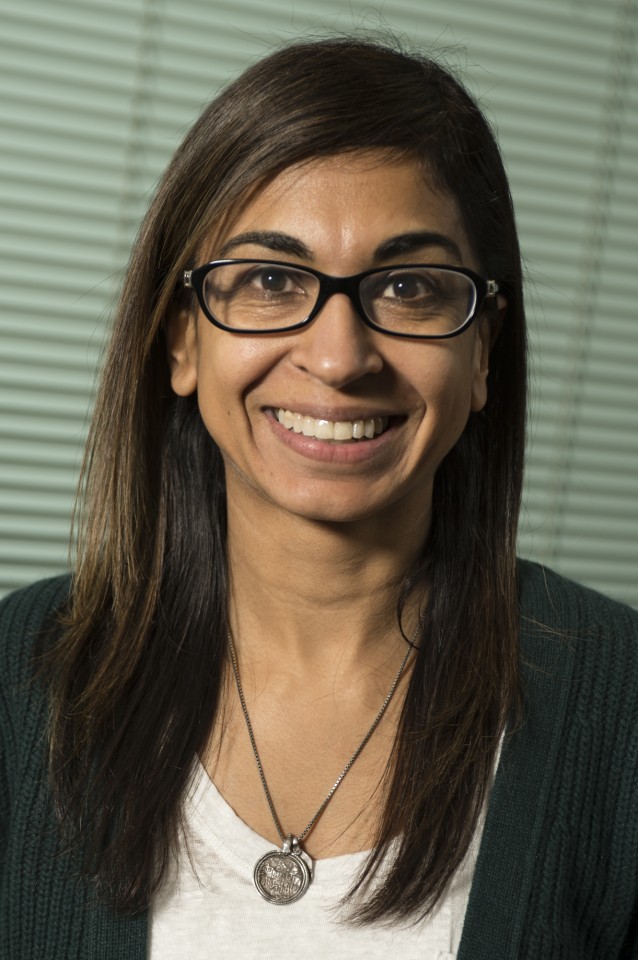The calls are coming with greater frequency, and greater urgency, from parents of children who have suffered a concussion, or might have suffered a concussion. They want clear, authoritative guidance, or a second opinion.
Shelina Babul, a Clinical Assistant Professor in the Department of Pediatrics and sports injury specialist at BC Children’s Hospital, is often on the receiving end of those calls, and noticed a disturbing lack of consistency in the way concussions were being diagnosed and managed.
“A lot of physicians think you have to lose consciousness to have a concussion,” she says. “But that only happens in 10 per cent of cases.”
Another misconception: Someone who suffers a concussion should be roused from sleep several times during their first post-injury night. But sleep actually helps the brain heal. Instead, the injured person should be monitored throughout the night, to make sure they are still breathing.
Dr. Babul and her colleagues at BC Children’s Hospital decided that physicians and nurses needed a readily available tool that was clear, easily accessible, user-friendly and based on the latest, verified standards of care.
“We really wanted to standardize concussion care in the province, and possibly across the country,” she says.
Their solution: the Concussion Awareness Training Toolkit (CATT).
The website, launched in April, hosts a free, 40-minute online course about concussion, targeted to physicians and nurses. It includes the SCAT3, a concussion assessment tool designed to be used on the playing field or in a clinical setting; links to clinical information and journal articles; case studies and videos; and printable patient handouts.
Funded by the BC Children’s Hospital Foundation and Child Health BC, the CATT launched in April. Dr. Babul is now studying its effectiveness in changing health professionals’ knowledge , attitudes and practices. A total of 90 physicans and nurses at the hospital and throughout BC have been recruited to participate in the study.
But Dr. Babul, the Associate Director and Sports Injury Specialist with the B.C. Injury Research & Prevention Unit at the Child & Family Research Institute, wants CATT to be used far beyond the confines of BC Children’s, and beyond B.C. She is promoting the website to Canadian medical associations and various national concussion groups.
To provide some incentive for busy physicians, the course helps meet the continuing education requirement that all practicing physicians must fulfill. The course also has been organized so that busy physicians and nurses can take it in smaller segments, and it will always resume where they left off.
In its first five weeks online, the site received 1,500 hits.
Professor Jack Taunton, in the Division of Sports Medicine, is one of the experts featured on CATT’s video segments. In one segment, he discusses concussion’s inherent ambiguity.
“It’s a constellation of symptoms,” he says. “And there’s confusion as to what some of the symptoms are… We don’t have a specific test that tells you, ‘Yes, you’ve got it,’ or ‘Yes, you’ve recovered from it.’… There’s a bit of a black box to it.”
The next step for Dr. Babul and her team is developing CATT further for two other audiences – one section for teachers (stressing, for example, that concussed students might not exhibit obvious symptoms but still may need accommodations) and another section for parents, coaches and players.
